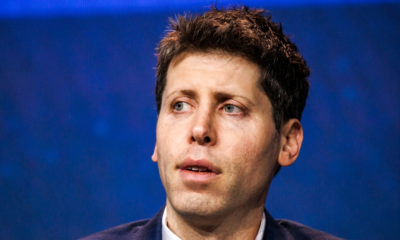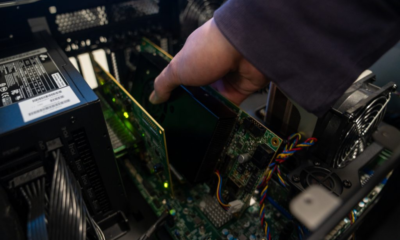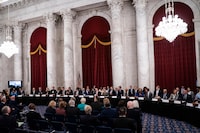Tech News
Technology rules approved in football – NCAA.org

Media Center Greg Johnson
Optional technology rules in football, effective for the 2024 season, were approved by the NCAA Playing Rules Oversight Panel on Thursday.
In games involving Football Bowl Subdivision teams, each school will have the option to use coach-to-player communications through the helmet to one player on the field. That player will be identified by having a green dot on the back midline of the player’s helmet.
The communication from the coach to the player will be turned off with 15 seconds remaining on the play clock or when the ball is snapped, whichever comes first.
For all three divisions, teams have the option of using tablets to view in-game video only. The video can include the broadcast feed and camera angles from the coach’s sideline and coach’s end zone.
Teams can have up to 18 active tablets for use in the coaching booth, sideline and locker room. Tablets cannot be connected to other devices to project larger additional images and cannot include analytics, data or data access capability or other communication access. All team personnel will be allowed to view the tablets during the game.
The Football Rules Committee, which met the last week of February, had a thorough discussion regarding wearable technologies.
The committee invites non-FBS conferences that are interested in using wearable technologies to submit an experimental proposal to the committee. Any proposals must be made to the committee by June 15.
The panel approved adding an automatic timeout when two minutes remain in the second and fourth quarters.
This rules change synchronizes all timing rules, such as 10-second runoffs and stopping the clock when a first down is gained in bounds, which coincides with the two-minute timeout.
After a year of review, Division III committee members decided to adopt the timing rules where the game clock would continue to run when a first down is gained in bounds. The game clock will stop when a first down is gained during the last two minutes of either half. Division I and II schools used this timing rule last season.
Additionally, head coaches can conduct interviews with broadcast partners after the first and third quarters. This was allowed on an experimental basis last season and will be added as a permanent rule.
The panel did not support a uniform rule proposal made by the Football Rules Committee. Panel members were not comfortable with on-field officials having to enforce the recommended rule.
The panel understands the rules committee’s concern but encourages the committee to look for an administrative solution that does not include game official enforcement.
Thanks for visiting !
The use of software that blocks ads hinders our ability to serve you the content you came here to enjoy.
We ask that you consider turning off your ad blocker so we can deliver you the best experience possible while you are here.
Thank you for your support!
Tech News
Mechanical Engineering Outstanding Senior 2024: Spencer Macturk – Virginia Tech

Alex Parrish
view all
view all
view all
view all
view all
Virginia Tech demonstrates impact as a global land grant – progressing sustainability in our community, through the Commonwealth of Virginia, and around the world.
Get Directions
See All Locations
Contact Virginia Tech
For the media
© 2024 Virginia Polytechnic Institute and State University. All rights reserved.
Tech News
Biden administration taps tech CEOs for AI safety, security board – NBC News
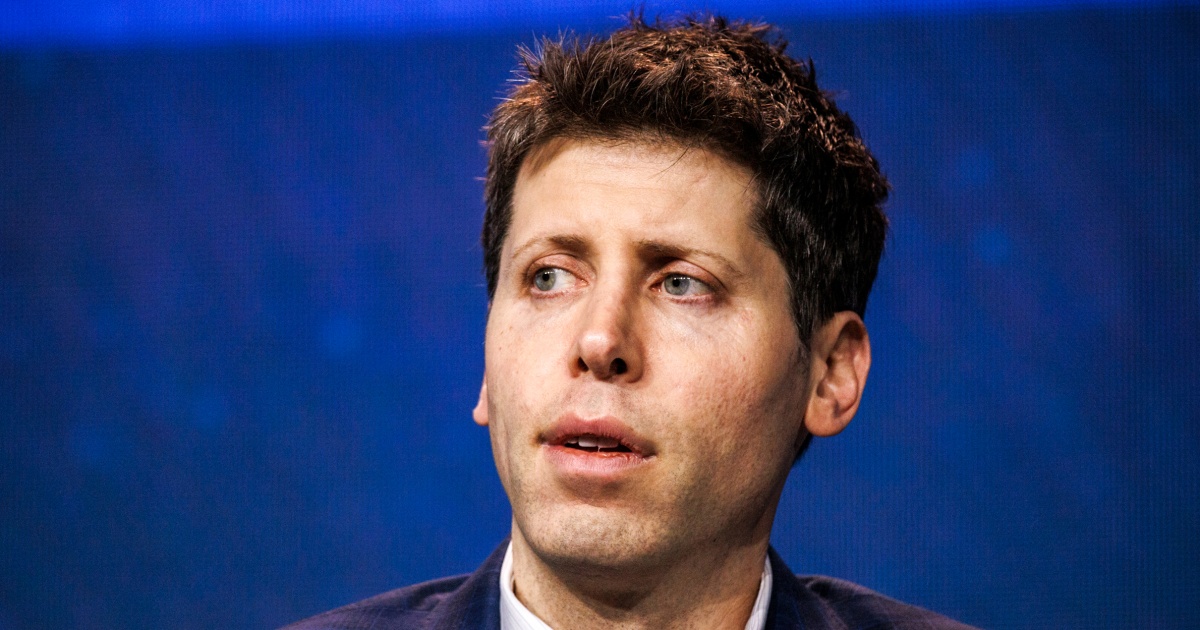
Profile
Sections
tv
Featured
More From NBC
Follow NBC News
There are no new alerts at this time
The Department of Homeland Security established an advisory panel Friday to study how to protect critical infrastructure including power grids and airports from threats related to artificial intelligence.
The Artificial Intelligence Safety and Security Board, which has 22 initial members, includes high-profile figures in tech like OpenAI CEO Sam Altman, Microsoft CEO and chairman Satya Nadella and Alphabet CEO Sundar Pichai, according to a statement from the DHS.
President Joe Biden ordered the creation of the board in October when he signed a wide-ranging executive order on AI, representing the federal government’s first foray into trying to regulate the technology since advanced AI apps including OpenAI’s ChatGPT went viral in popularity.
The board’s mission includes developing recommendations “to prevent and prepare for AI-related disruptions to critical services that impact national or economic security, public health, or safety.”
AI experts have identified a wide array of potential security threats that the new technology could make possible, from swarms of autonomous drones to cheap and lethal bioweapons to more effective hacking threats against critical computer systems.
The government’s defense may involve using AI to fight AI, the DHS said.
“The Board will develop recommendations to help critical infrastructure stakeholders, such as transportation service providers, pipeline and power grid operators, and internet service providers, more responsibly leverage AI technologies,” the department said.
Homeland Security Secretary Alejandro Mayorkas said in a statement that AI “can advance our national interests in unprecedented ways” but that it also “presents real risks — risks that we can mitigate by adopting best practices and taking other studied, concrete actions.”
In addition to tech CEOs, the board includes the CEOs of Delta Air Lines, defense contractor Northrop Grumman and oil producer Occidental Petroleum, as well as Maryland’s Democratic Gov. Wes Moore, Seattle Mayor Bruce Harrell and the leaders of two civil rights organizations.
David Ingram covers tech for NBC News.
© 2024 NBC UNIVERSAL
Tech News
What is AI, how does it work and what can it be used for? – BBC.com
-

 General Knowledge2 years ago
General Knowledge2 years agoList of Indian States and Capital
-

 General Knowledge2 years ago
General Knowledge2 years agoList Of 400 Famous Books and Authors
-

 Important Days4 years ago
Important Days4 years agoImportant Days of Each Month
-

 General Knowledge2 years ago
General Knowledge2 years agoCountries and their National Sports
-

 General Knowledge3 years ago
General Knowledge3 years agoCountry Capital and Currency
-

 Important Days3 years ago
Important Days3 years agoHoli
-

 General Knowledge2 years ago
General Knowledge2 years agoList of Indian President
-
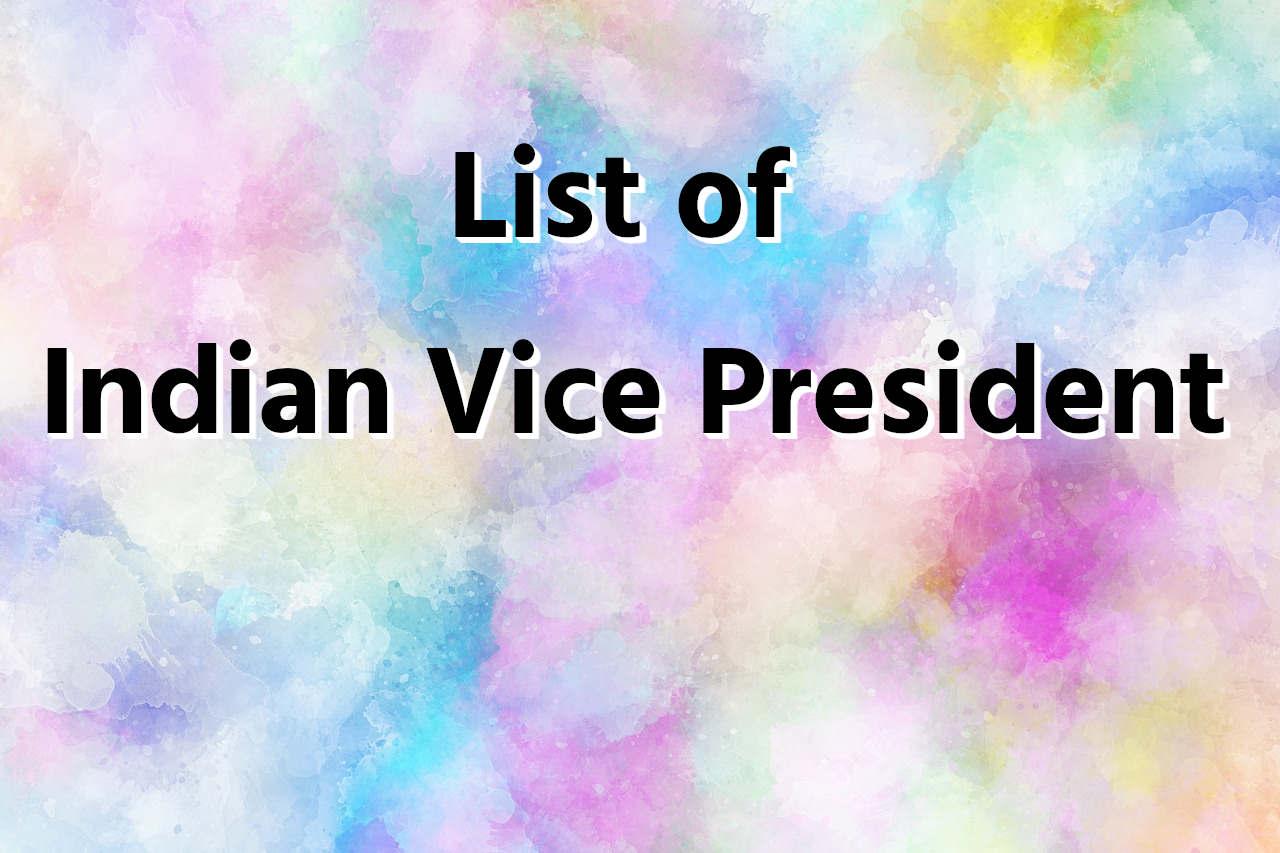
 General Knowledge2 years ago
General Knowledge2 years agoList of Indian Vice President




